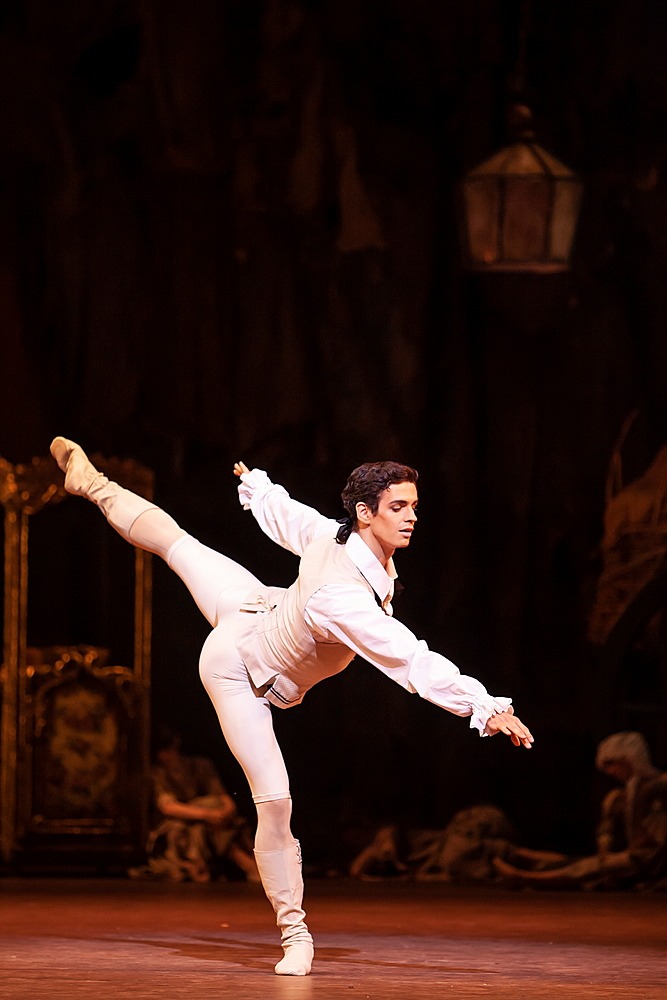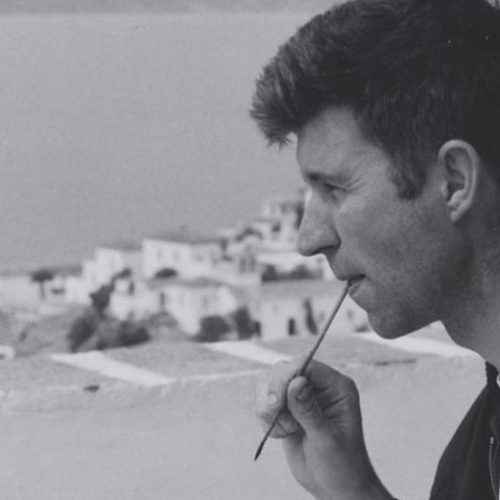The eponymous heroine of Kenneth MacMillan’s 1974 Manon has become a role that nearly all aspiring ballerinas long to dance. Though there was initial criticism of the seemingly one-dimensional motives of Manon Lescaut and the other leading characters, the ballet has proven itself fertile ground for inspired interpretations and repeated viewing for audiences. MacMillan used the Abbé Prévost’s 1731 novel, L’Histoire du Chevalier des Grieux et de Manon Lescaut, as inspiration for this full-length ballet after designer and collaborator Nicholas Georgiadis had suggested to him that it would be appropriate material for a ballet on the operatic scale. Giacomo Puccini’s opera Manon Lescaut had recently entered The Royal Opera’s repertoire and Jean Aurel’s movie Manon 70, starring Catherine Deneuve, ignited MacMillan’s imagination, revealing the many varied sources to this choreographer’s personal landscape. He opted to use lesser-known music by Jules Massenet for the ballet, with the score being arranged by Leighton Lucas and Hilda Gaunt. The wonderful rendering of the demi-monde of pre-revolutionary Paris was created by Georgiadis’ inventive use of textures and colours, a wall of rags hanging behind the more architectural parts of the scenery.
Antoinette Sibley and Anthony Dowell created the roles of Manon and Des Grieux with impassioned elegance that grew out of the pas de deux MacMillan created with rapid fluency. Sibley was unable to complete the rehearsal process due to a recurring knee injury, so MacMillan turned to Jennifer Penney to complete the ballet. Key moments, such Manon’s entrance in Act I, the Pas d’action in Act II and the acrobatic of the final pas de deux, were all created on Penney. Sibley returned in time to dance the first night of the ballet. The role of Manon thus represents a fascinating depiction of the lyrical classicism and dramatic sweep of two ballerinas who encapsulate so much of British style.
Manon is driven by her fear of poverty, but the ballet is surely about power: sexual, financial, and political. David Wall created the role of Lescaut, Manon’s brother, who actively encourages his sister’s prostitution, whilst a host of other female characters operate within the degradation of 18th-Century Paris in order to survive. The arc of the ballet, ending in the sweltering heat of France’s penal colonies in New Orleans, reveals the ways in which people manipulate one another for a vast array of reasons. MacMillan left dancers rich material to play with.




